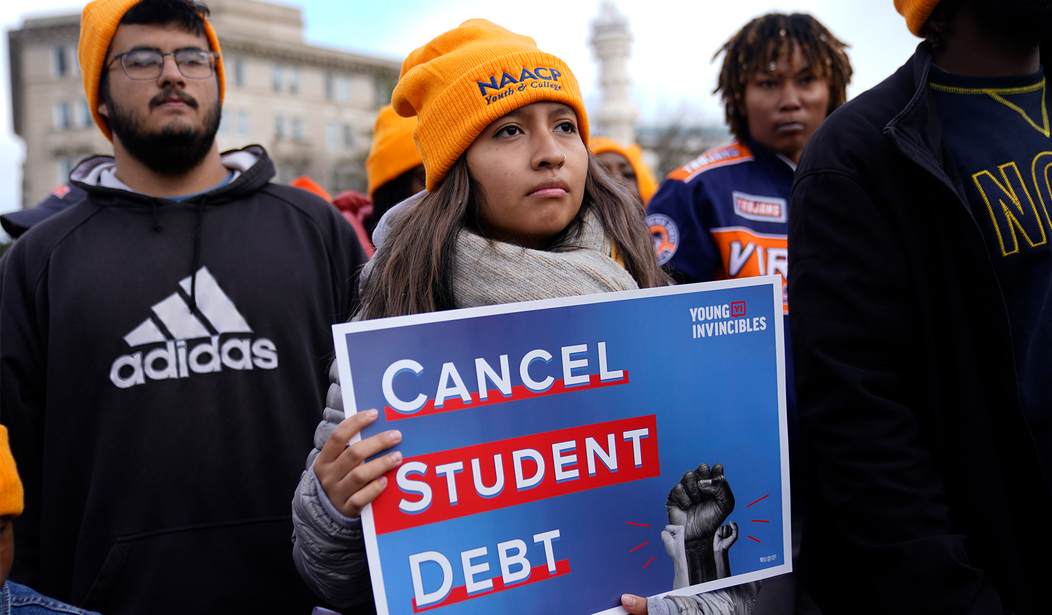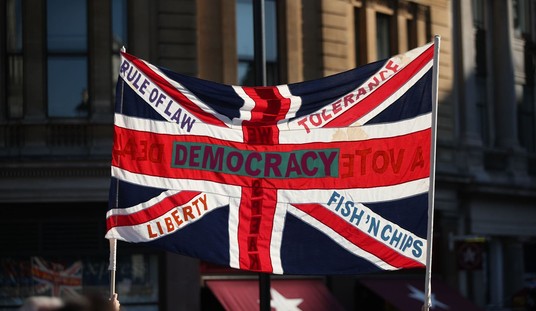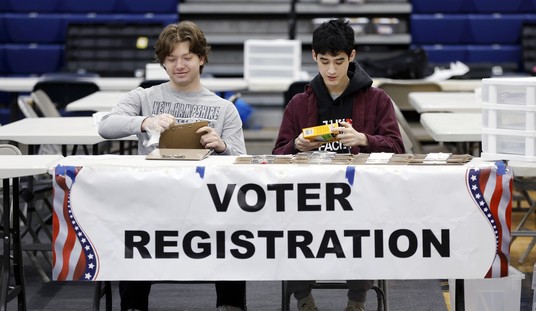On Thursday, the Senate passed a bill that repeals the Biden administration’s student loan debt forgiveness plan. Last week, the House approved the resolution. Now, the legislation is headed to the President’s desk where it is expected to be vetoed, as the White House previously indicated.
The White House released a statement last Monday, threatening veto:
This resolution is an unprecedented attempt to undercut our historic economic recovery and would deprive more than 40 million hard-working Americans of much-needed student debt relief.
Passed in the Senate on mostly party lines, the resolution uses the Congressional Review Act mechanism to override regulatory rules of the executive branch. Democrat Senator Joe Manchin and Independent Senator Krysten Sinema joined Republican colleagues on Wednesday to bring the provision to a full Senate floor vote. In a statement issued Wednesday, Sen. Manchin wrote:
Today I voted to repeal the Biden Administration’s student loan cancellation proposal because we simply cannot afford to add another $400 billion to the national debt. There are already more than 50 existing student loan repayment and forgiveness programs aimed at attracting individuals to vital service jobs, such as teachers, health care workers, and public servants. This Biden proposal undermines these programs and forces hard-working taxpayers who already paid off their loans or did not go to college to shoulder the cost. Instead, we should be focusing on bipartisan student debt reforms that reduce the cost of higher education and help all Americans.
Senator John Cornyn of Texas labeled Biden’s plan “student loan socialism,” and said:
A college degree is not a shared experience. It’s not like roads, hospitals, or police departments, which benefit everyone. Individuals in debt made the decision to borrow the money, and they alone will reap the benefits of that degree.
The debt ceiling agreement approved by the House on Wednesday night includes a provision that ends the pause on student loan payments, which was initially implemented by former President Donald Trump at the beginning of the pandemic and extended by the Biden administration. Before the debt ceiling deal, student loan payments were already scheduled to resume 60 days after the Supreme Court makes a soon-anticipated ruling on President Biden’s plan for loan forgiveness.
If enacted, the resolution would not only nullify Biden’s student loan plan but also limit the Department of Education’s ability to erase student debt in the future. Measures ending Biden’s student loan plan were previously included in an earlier version of a debt ceiling deal passed by the House in April. The debt relief plan is calculated to cost $400 billion, with the administration estimating that 20 million people would have all of their remaining student loan debt canceled and that 43 million people eligible for up to $20,000 in debt relief.
But, it’s the Supreme Court that will have the final word on the issue, with a pair of legal challenges before the court currently. One case was brought by Missouri and five other states, and the other by two individuals that hold student debt. Oral arguments were heard in February, alleging the administration’s plan violated the Constitution by circumventing Congress. Rulings on the two cases are expected to be delivered sometime in June.













Join the conversation as a VIP Member